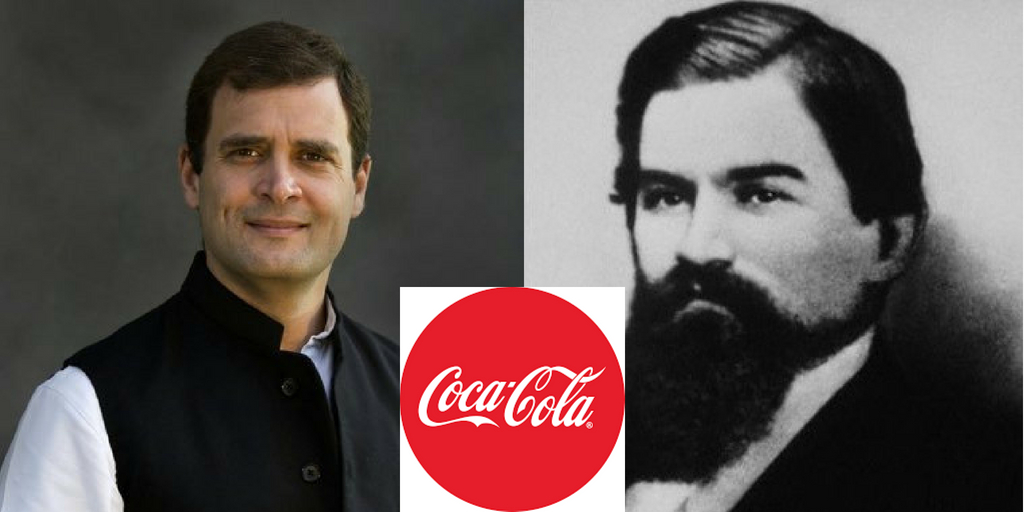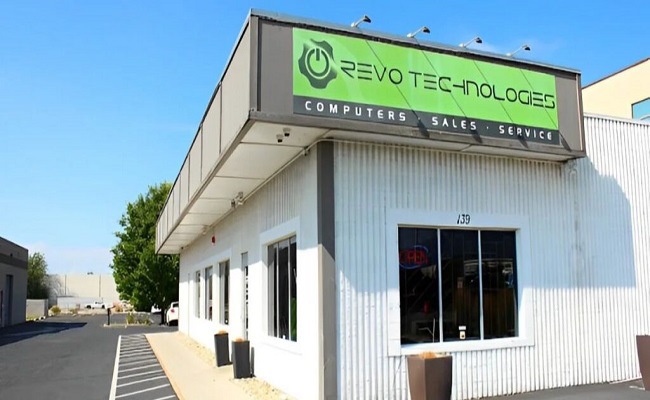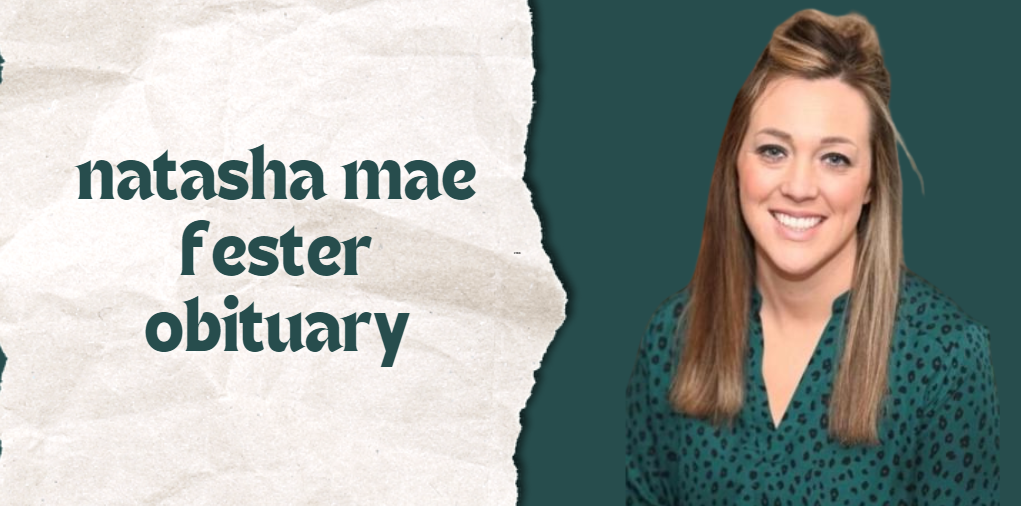Coca-Cola Company History
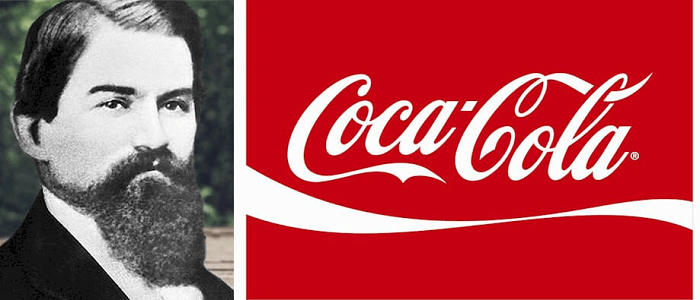
Specification |
Details |
|---|
| Founded | May 8, 1886 |
| Founder | Dr. John Stith Pemberton |
| Headquarters | Atlanta, Georgia, USA |
| Flagship Product | Coca-Cola |
| Initial Formula | Coca leaf extract and kola nut extract |
| First Bottling | 1894 |
| Key Acquisitions | Minute Maid (1960), Del Valle (2009), Costa Coffee (2019) |
| Major Brands | Coca-Cola, Diet Coke, Coca-Cola Zero Sugar, Sprite, Fanta, Minute Maid, Powerade, Dasani, Simply Orange, Smartwater |
| Global Presence | Over 200 countries |
| Number of Products | Over 500 brands across various beverage categories |
| Notable Marketing Campaigns | Santa Claus (1931), “Share a Coke” (2014) |
| Key Challenges | New Coke controversy (1985), health-related criticisms |
| Sustainability Initiatives | Increase use of recycled materials, water conservation efforts |
| Revenue (2023) | Approx. $43 billion (varies by year) |
| Employees | Approximately 230,000 globally |
The Origins of Coca-Cola
The Coca-Cola story begins in 1886 in Atlanta, Georgia, when Dr. John Stith Pemberton, a pharmacist, created a syrupy tonic intended to be a cure for various ailments.
Originally sold as a patent medicine, Pemberton’s concoction was a mix of coca leaves (from which cocaine was derived) and kola nuts, which provided caffeine.
The name “Coca-Cola” was coined by Pemberton’s bookkeeper, Frank M. Robinson, who also designed the brand’s distinctive cursive logo, which remains largely unchanged to this day.
Pemberton’s original formula was initially sold at soda fountains in Atlanta for five cents a glass, mixed with carbonated water to create what is now known as Coca-Cola. Despite its unique taste, early sales were modest. However, Pemberton’s creation quickly began to gain popularity, leading to its commercialization on a larger scale.
Expansion and Growth
In 1888, Pemberton sold portions of his business to various partners, with a significant share going to Asa Griggs Candler, an Atlanta businessman. Candler saw the potential in Coca-Cola and embarked on an aggressive marketing campaign to expand its reach. By 1895, Coca-Cola was being sold in every state in the U.S.
The first bottling of Coca-Cola began in 1894, which allowed the drink to be distributed more widely and conveniently. The bottling system, franchised to local entrepreneurs, became a key driver in the company’s rapid expansion across the U.S. and later, globally. By the early 20th century, Coca-Cola had established itself as a dominant force in the soft drink industry.
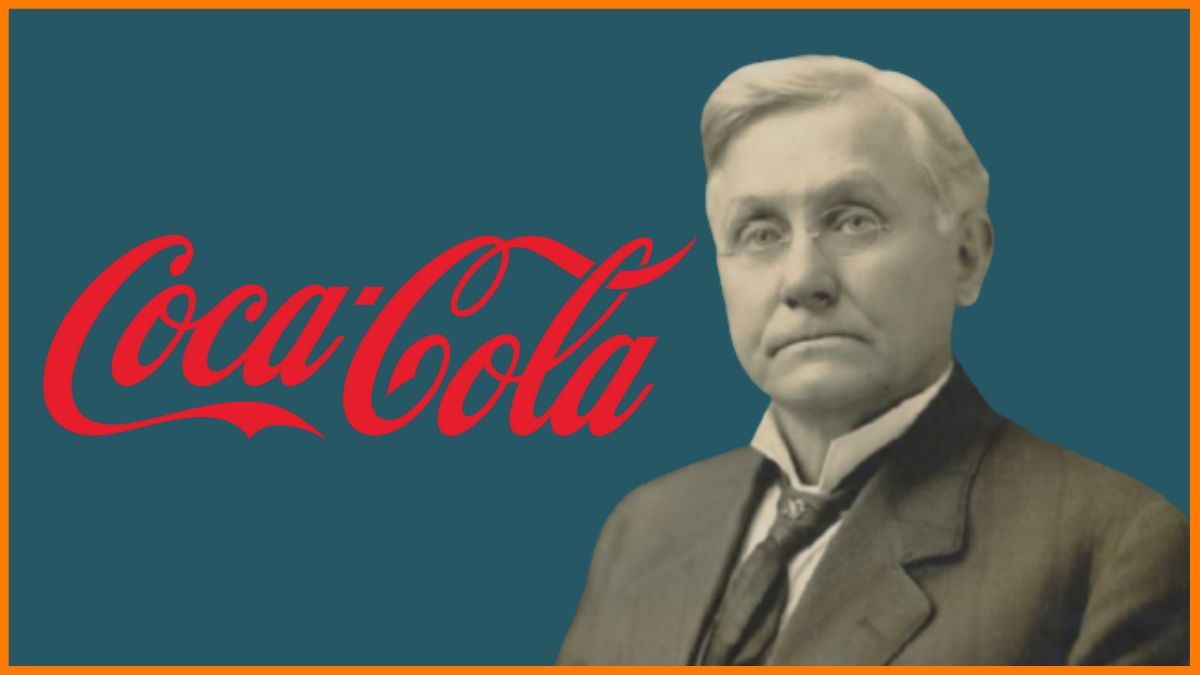
The Iconic Brand
Coca-Cola’s success is not just a result of its unique flavor but also its innovative marketing strategies. The brand was one of the first to use coupons, offering free samples to consumers. It also leveraged various forms of media, including print advertisements, billboards, and radio, to build brand awareness.
One of the most significant moments in Coca-Cola’s branding history came in 1931 when the company commissioned illustrator Haddon Sundblom to create images of Santa Claus for its Christmas advertising campaigns. Sundblom’s portrayal of Santa in a red suit, and drinking Coca-Cola, helped solidify the modern image of Santa Claus and linked the brand to the festive season.
Global Expansion
The Coca-Cola Company began its international expansion in the early 20th century, establishing bottling plants in Canada, Cuba, and Panama. By the mid-20th century, Coca-Cola was being sold in over 100 countries. The brand became a symbol of American culture and was often associated with the ideals of freedom and democracy during the Cold War era.
During World War II, Coca-Cola made a strategic decision to provide its beverages to American troops overseas, which further cemented its global presence. After the war, the company continued to expand, entering new markets and adapting its products to local tastes and preferences.
Product Diversification
While Coca-Cola remained the flagship product, the company diversified its product line over the years to cater to changing consumer preferences. In 1960, Coca-Cola acquired Minute Maid, marking its entry into the non-carbonated beverage market.
This acquisition was followed by the introduction of new products such as Sprite (1961), Fanta (1940, globally expanded post-1955), and Tab (1963), the company’s first diet soda.
The introduction of Diet Coke in 1982 was a significant milestone, as it quickly became one of the best-selling diet sodas in the world. This was followed by the launch of Coca-Cola Zero Sugar in 2005, aimed at consumers looking for a no-calorie alternative that still tasted like the original Coca-Cola.
Challenges and Controversies
Despite its success, Coca-Cola has faced numerous challenges and controversies over the years. The most notable was the introduction of “New Coke” in 1985, a reformulated version of the original beverage. The move was met with widespread consumer backlash, leading the company to reintroduce the original formula as “Coca-Cola Classic” just a few months later.
The company has also faced criticism over health concerns related to the consumption of sugary beverages, particularly about obesity and diabetes. In response, Coca-Cola has expanded its portfolio to include a variety of healthier options, such as bottled water (Dasani), juices (Simply Orange), and low-calorie beverages.
Coca-Cola Today
Today, the Coca-Cola Company operates in over 200 countries and offers more than 500 brands across various beverage categories, including soft drinks, bottled water, sports drinks, teas, and coffees. Some of its most popular brands include Coca-Cola, Diet Coke, Sprite, Fanta, Minute Maid, Powerade, and Smartwater.
The company continues to innovate, focusing on sustainability and adapting to changing consumer preferences. Coca-Cola has committed to reducing its environmental impact by increasing the use of recycled materials in its packaging and investing in water conservation initiatives.
Conclusion
The Coca-Cola Company’s journey from a small medicinal tonic to a global beverage giant is a remarkable story of innovation, branding, and adaptation. Over the years, the company has maintained its position as a leader in the beverage industry by continually evolving and responding to the needs of its consumers. With a rich history and a diverse product portfolio, Coca-Cola remains a beloved brand that continues to refresh the world, one drink at a time.
